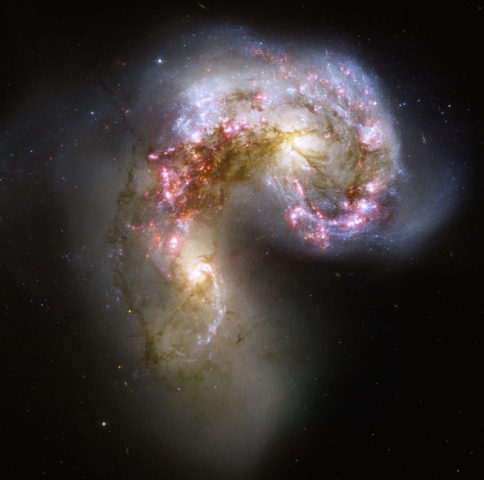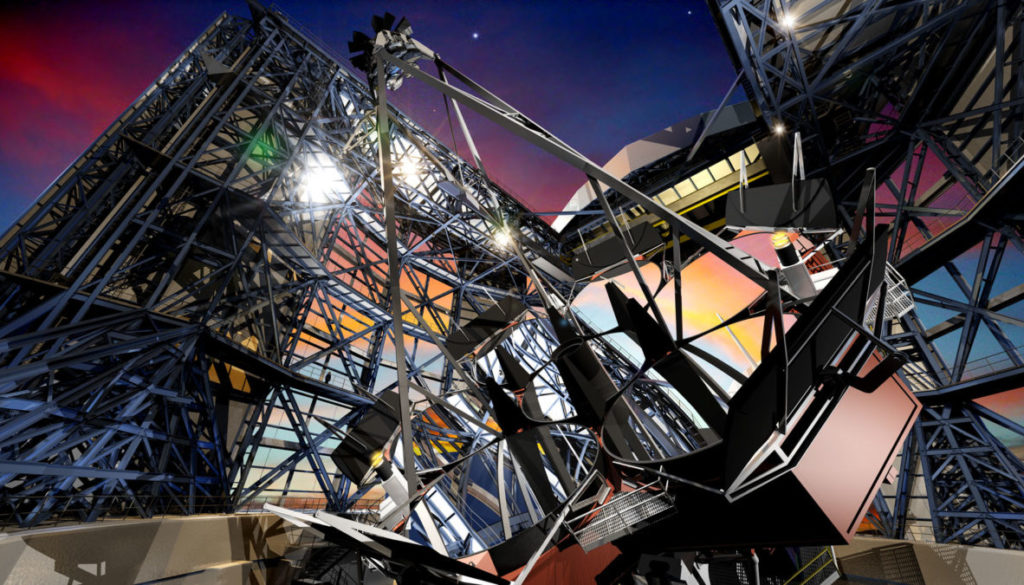Texas A&M to Offer Graduate Astronomy Degrees in Fall 2016
COLLEGE STATION —
Roughly a decade after launching a new astronomy program and hiring one of the co-discoverers of dark energy to lead it, Texas A&M University is set to come full-academic circle this fall, offering its first master’s and doctoral degrees in astronomy.

Texas A&M astronomers are pushing the universal envelope in a variety of topical theoretical and experimental areas, exposing both graduate and undergraduate students to cutting-edge research projects and invaluable training opportunities in a wide range of observational techniques and technologies as well as instrumentation. (Credit: NASA, ESA, and the Hubble Heritage Team (STScI/AURA)-ESA/Hubble Collaboration) 
The George P. and Cynthia Woods Mitchell Institute for Fundamental Physics and Astronomy and George P. Mitchell ’40 Physics Buildings, home to Texas A&M Physics and Astronomy since their official dedication in December 2009. (Credit: Richard Payne.) 
Dr. Nicholas B. Suntzeff 
Dr. Lucas Macri




